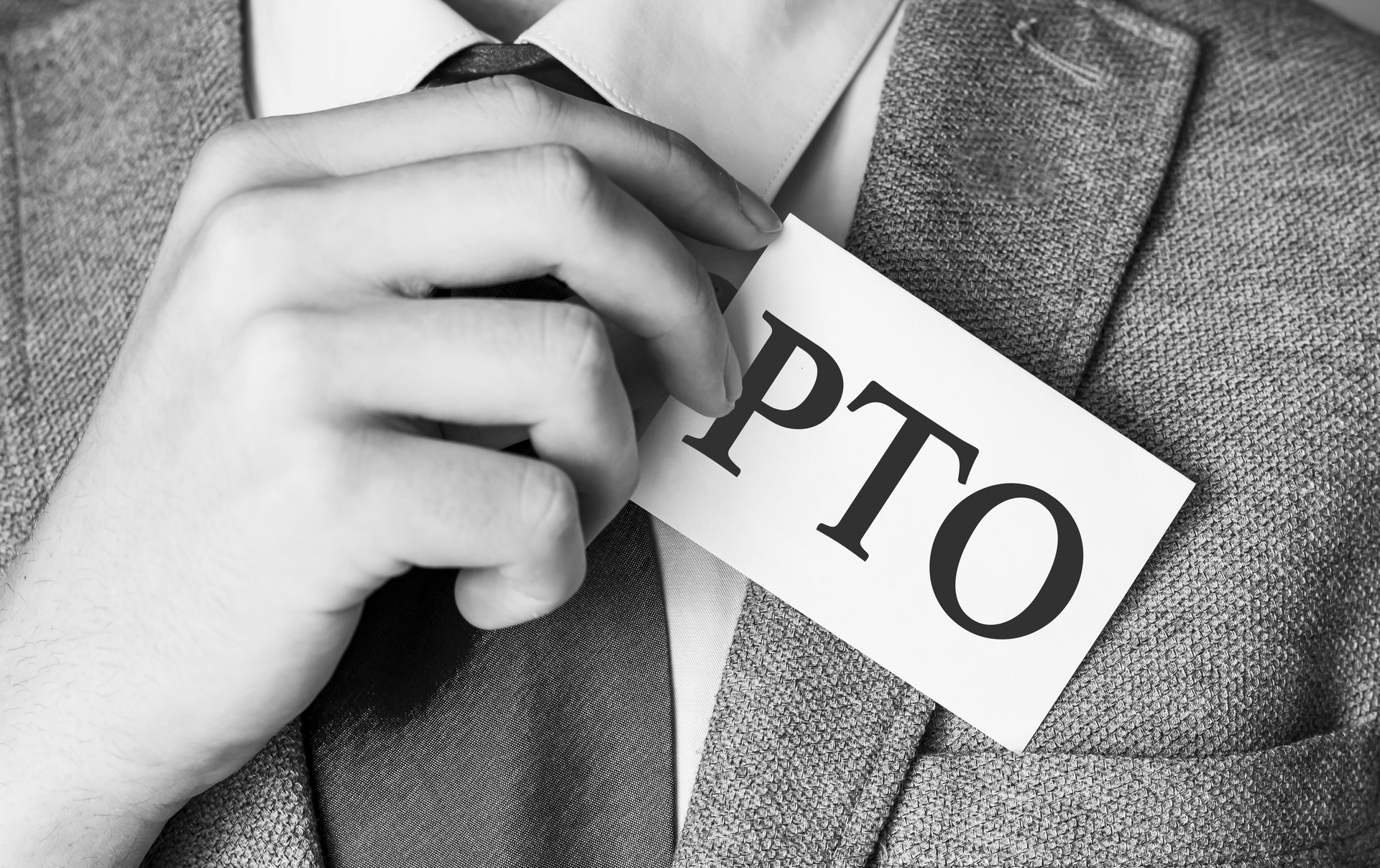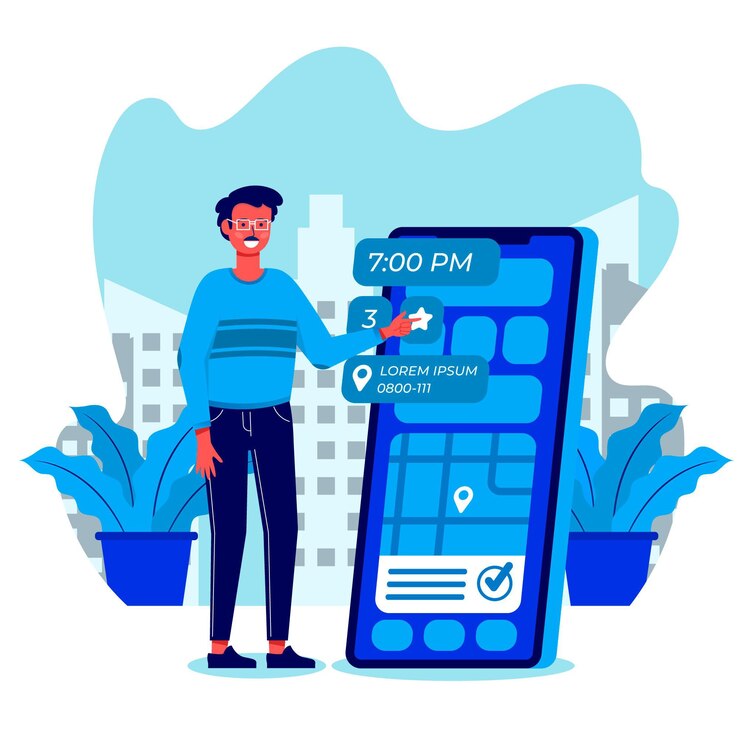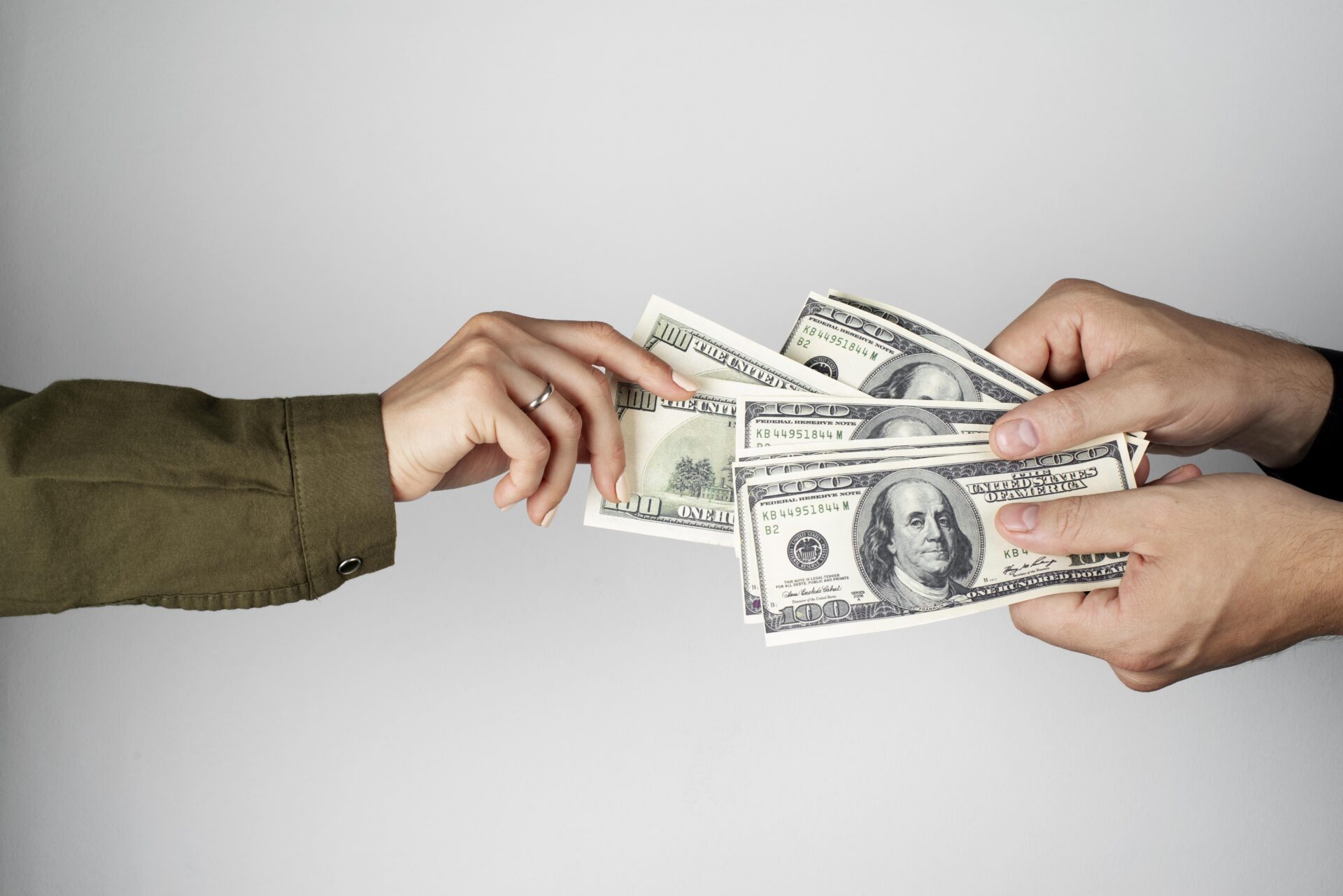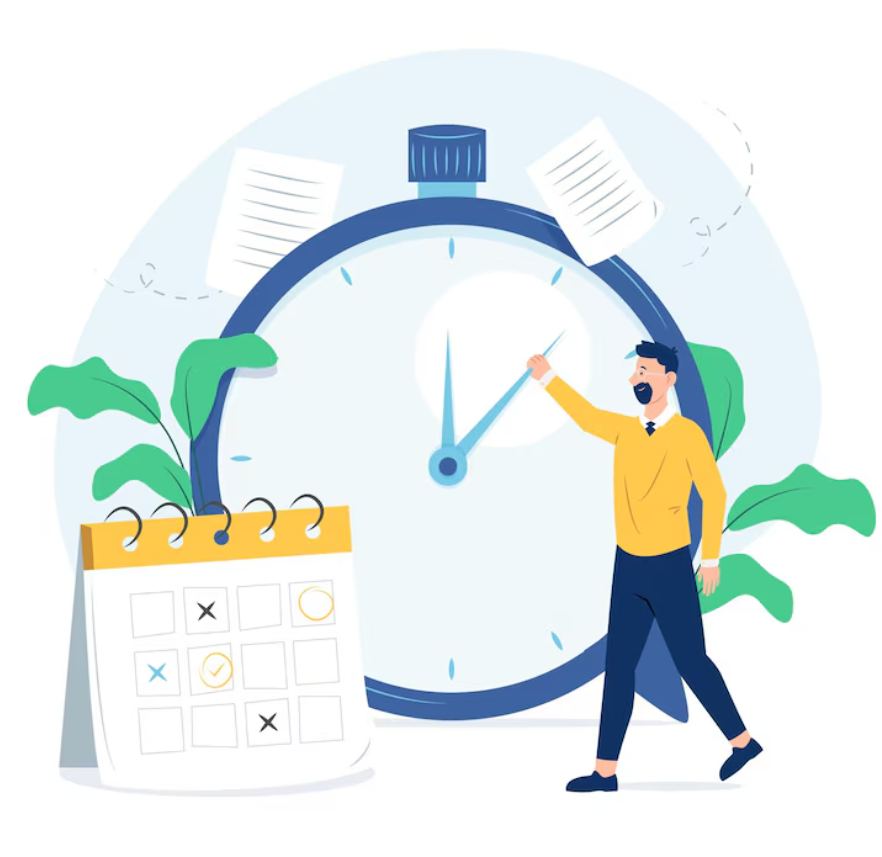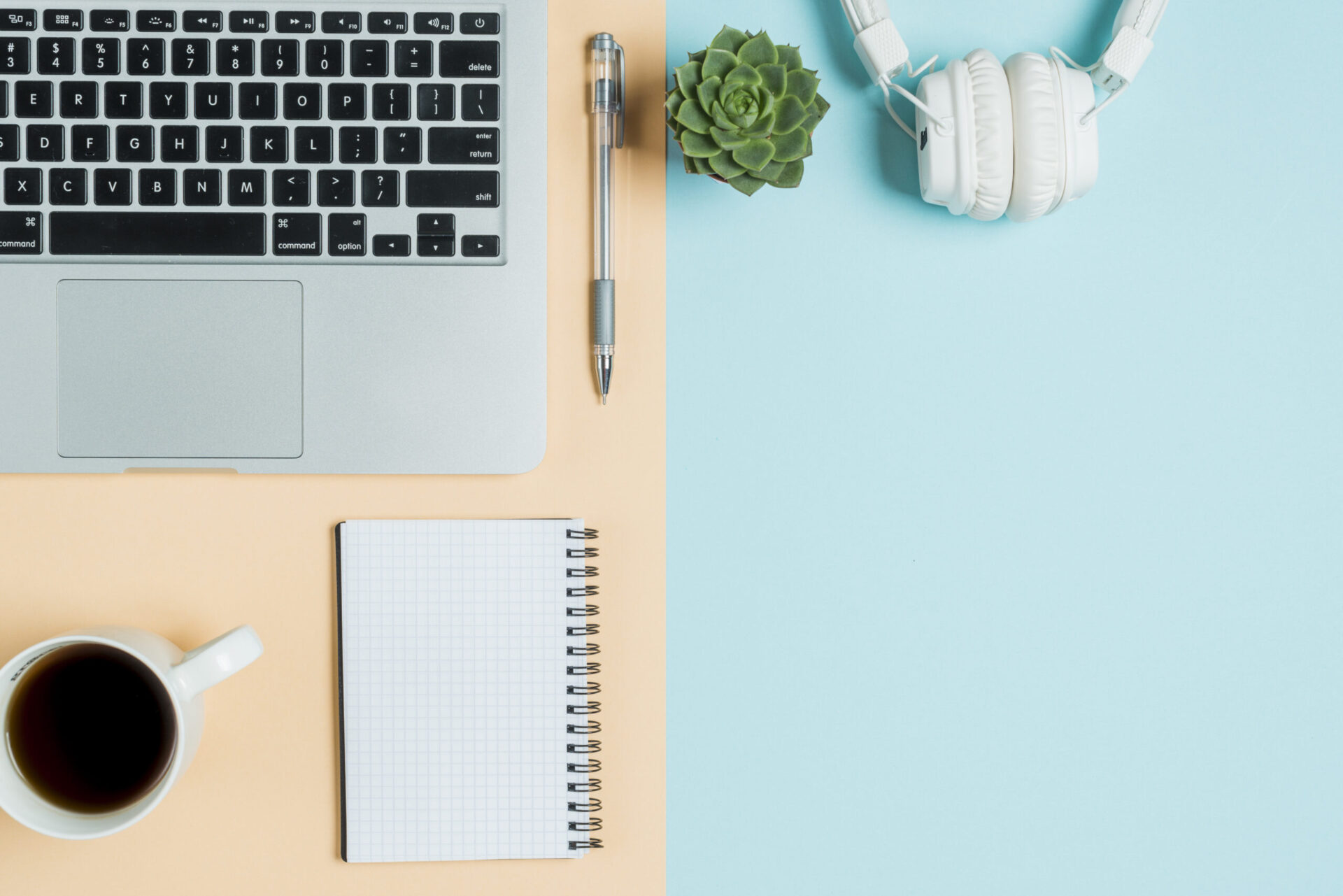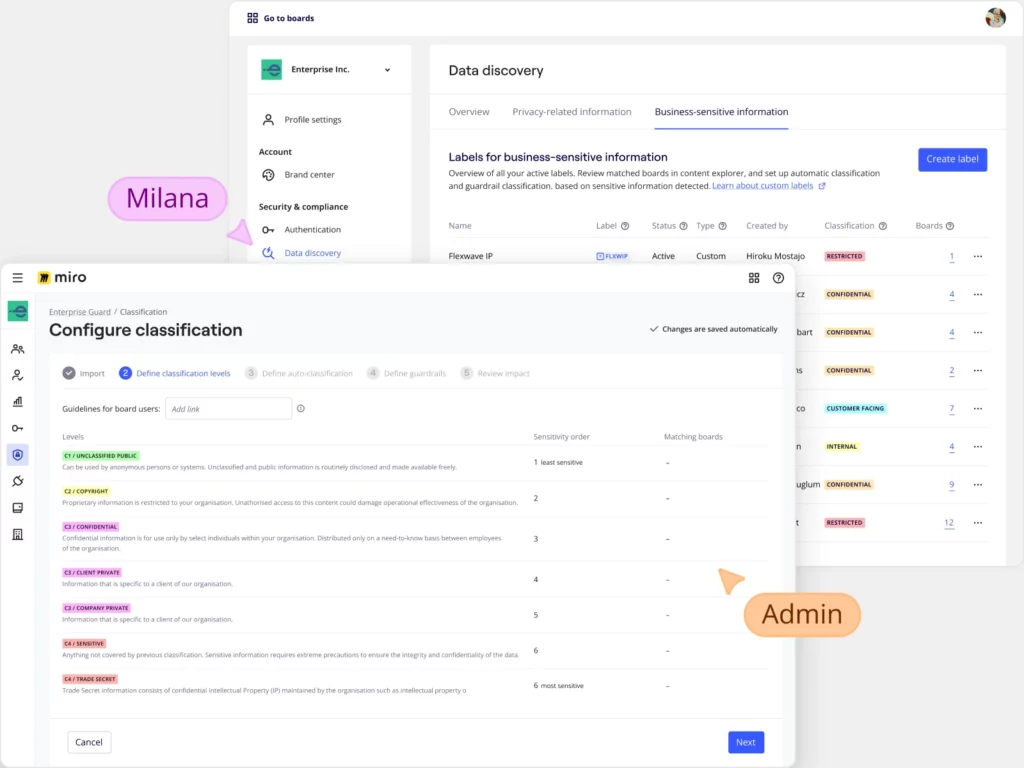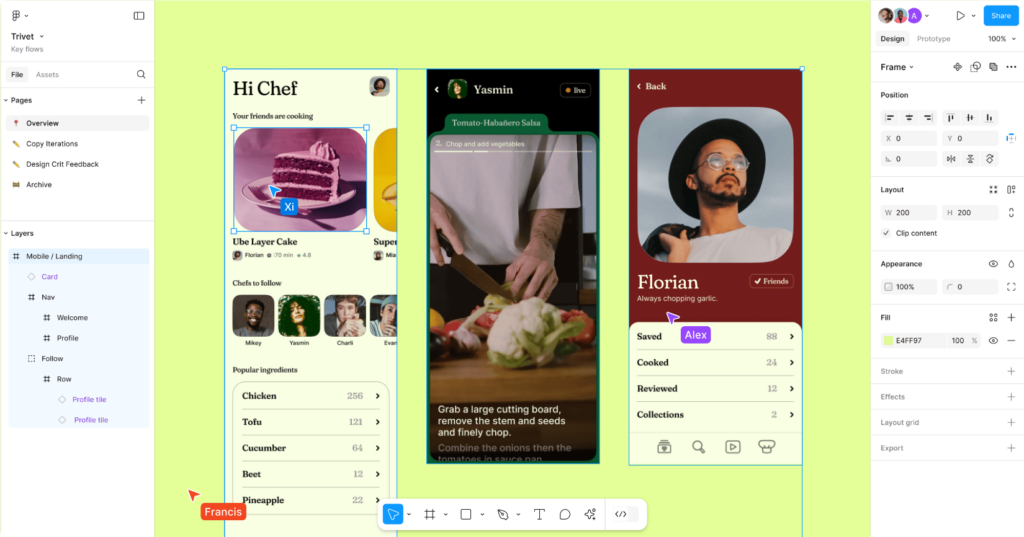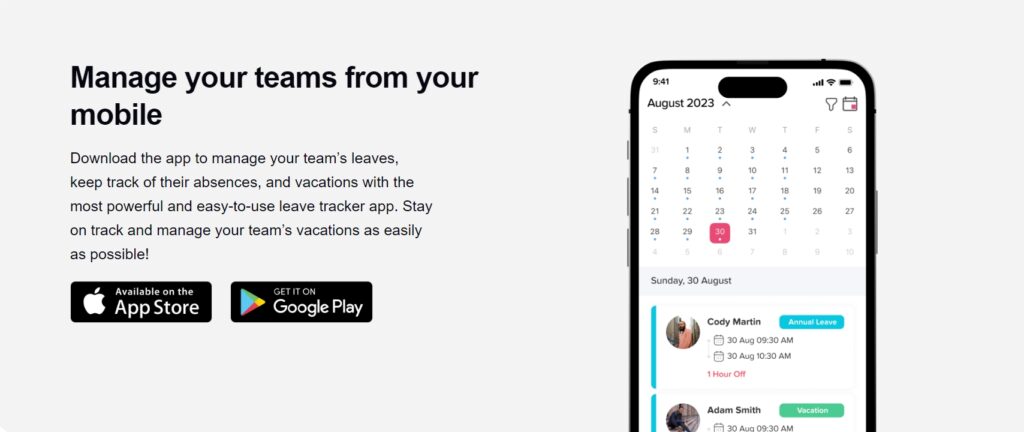In today’s fast paced business environment, managing employees leaves efficiently is crucial for maintaining a productive and satisfied workforce. Traditional methods, such as spreadsheets or manual tracking, are often prone to errors and inefficiencies that can cause dissatisfaction among employees and added workload for HR teams. Enter PTO tracking software a modern solution that revolutionizes the way businesses handle leave management.
Day Off
The #1 Leave Tracker for your team’s PTO, vacations and absences, Day Off will help you to Manage PTO and absences in one place. In seconds you will set up your leave policies, approval workflow and enjoy a unique experience.
The “Day Off” app concept revolves around providing users a platform to manage their personal, sick, and vacation days more effectively. features aimed at both individual employees and organizations.
- Employees can track their balances up to date information about their available time off.
- You can add unlimited numbers of employees.
- Supports various leave types (e.g., annual, sick, maternity/paternity leave) and Supports Days and Hours balance, you can add unlimited numbers of leave types and leave policies.
You can Customize your work schedule according to company’s working days and hours.
- Setting up public holidays specific to your country or region, by importing holidays from Google.
- The app can integrate with ( Slack, Google Calendar, Outlook Calendar and Teams)
- Supports Accruals & Carry overs.
What is PTO Tracking Software?
PTO tracking software is a digital tool designed to automate and streamline the management of employee leave. It allows HR professionals to track vacation days, sick leave, personal days, and other types of paid time off. These tools are often equipped with features like automated accrual calculations, leave request workflows, and integration with payroll systems. Additionally, advanced PTO tracking software can handle complex leave policies, support global teams with localized leave rules, and generate insights for strategic decision making.
The Challenges of Manual Leave Management
Manual leave management presents several challenges for HR teams, including:
Human Errors: Miscalculations in accrual balances or incorrect record keeping can lead to conflicts between employees and management. For instance, an employee might be denied leave due to an inaccurate balance, causing frustration and morale issues.
Time Consuming Processes: Approving leave requests and updating records manually can consume significant time and effort. For organizations with large workforces, this can translate into hundreds of hours lost annually.
Lack of Real Time Data: Without instant access to leave balances and schedules, HR teams struggle to make informed decisions. This can lead to understaffing during critical periods or overstaffing that increases costs unnecessarily.
Compliance Risks: Managing leave policies manually increases the risk of non compliance with labor laws, leading to potential legal issues. Non compliance can result in fines, lawsuits, and reputational damage.
Limited Scalability: Manual methods struggle to scale effectively with business growth, particularly when organizations expand to multiple locations or introduce complex leave policies.
Difficulty in Tracking Trends: Analyzing patterns such as frequent absenteeism or underutilization of PTO becomes a daunting task without automated reporting tools.
Employee Dissatisfaction: Delays in approvals, mismanagement of leave balances, or lack of transparency in policies can cause dissatisfaction and lower morale among employees.
High Administrative Costs: The cumulative time and effort spent on manual tracking can lead to higher operational costs for HR departments.
Key Features of PTO Tracking Software
Modern PTO tracking software comes with a range of features designed to simplify leave management:
Automated Accruals: Automatically calculates PTO accruals based on company policies, ensuring accuracy and fairness. This includes handling variations such as tenure based accrual rates or prorated PTO for part time employees.
Customizable Leave Policies: Supports different types of leave policies tailored to organizational requirements. For instance, companies can define separate rules for sick leave, bereavement leave, and parental leave.
Self Service Portals: Employees can view their leave balances, request time off, and track approvals without needing constant HR intervention. This reduces the need for back and forth communication and empowers employees.
Real Time Reporting: Provides HR teams with up to date insights into employee leave trends and balances. Reports can highlight patterns such as excessive absenteeism or underutilization of PTO.
Mobile Accessibility: Enables employees and managers to access leave data and approvals on the go, ensuring flexibility and faster decision making.
Global Compliance Support: For multinational companies, advanced PTO tracking software can ensure compliance with varying labor laws across different countries or regions.
Benefits of PTO Tracking Software for HR Teams
Streamlined Leave Requests and Approvals
PTO tracking software automates the leave request process. Employees can submit their requests through the system, and managers can approve or reject them with just a few clicks. This eliminates back and forth emails and ensures a transparent process. Some systems also offer notifications and reminders to ensure timely approvals.
Accurate Record Keeping
Automated systems reduce the chances of errors in leave tracking. HR teams no longer need to worry about discrepancies in accruals or leave balances, as the software keeps records up to date and accurate. These records are easily accessible for audits or compliance checks.
Enhanced Employee Satisfaction
Transparency is a significant factor in employee satisfaction. When employees have easy access to their leave balances and a straightforward way to request time off, they are more likely to feel valued and trusted. Moreover, PTO tracking software can help prevent disputes by ensuring fair and consistent leave policies.
Time Savings
By automating repetitive tasks such as updating leave balances and tracking approvals, HR teams can focus on more strategic initiatives, such as talent management and employee engagement. According to studies, automation can save HR departments up to 40% of their time spent on administrative tasks.
Compliance Made Easy
PTO tracking software ensures that leave policies align with local labor laws. It also helps maintain records for audits and reduces the risk of non compliance penalties. For example, in regions with mandatory sick leave requirements, the software can automatically track and report on compliance.
Improved Workforce Planning
Real time visibility into leave schedules helps HR and management plan better. For instance, they can ensure adequate staffing levels during peak periods by identifying potential overlaps in time off requests. Advanced systems can even provide predictive analytics to anticipate future leave patterns.
Cost Control
Accurate tracking of unused PTO and leave liabilities helps organizations manage costs effectively. For example, HR teams can identify trends where employees are not using their entitled leave and encourage them to take time off, reducing burnout and improving productivity.
Choosing the Right PTO Tracking Software
When selecting PTO tracking software, HR teams should consider the following factors:
Ease of Use: Ensure the software has an intuitive interface for both employees and administrators. Complicated systems can lead to low adoption rates.
Customization: Look for solutions that allow customization of leave policies and workflows. This ensures the software can adapt to your organization’s unique requirements.
Integration Capabilities: Choose software that integrates seamlessly with Calendars such as: Google or Outlook calendar.
Scalability: Select a solution that can grow with your business and adapt to future needs, such as additional locations or changing leave policies.
Support and Training: Opt for a provider that offers excellent customer support and training resources. This is particularly important during the implementation phase.
Security: Since PTO tracking involves sensitive employee data, ensure the software has robust security measures, such as encryption and access controls.
Add Your Heading Text Here
What is PTO tracking software?
PTO tracking software is a digital tool that automates the management of employee paid time off, including vacation days, sick leave, and personal time. It helps HR teams eliminate manual tracking, streamline approval workflows, and maintain accurate leave records.
How does PTO tracking software benefit HR teams?
PTO tracking software saves HR professionals significant time by automating leave requests, approvals, and accrual calculations. It ensures compliance with company policies and labor laws while reducing administrative errors and improving communication between employees and managers.
Can PTO tracking software integrate with other HR systems?
Yes. Most modern PTO tracking solutions integrate seamlessly with HR, payroll, and communication platforms such as Slack, Google Calendar, and Microsoft Teams. This integration allows real time syncing of leave data and improves overall efficiency across departments.
How does PTO tracking software improve accuracy?
By automating accruals and time off calculations, PTO tracking software eliminates the errors common in manual spreadsheets. It provides real time visibility into each employee’s leave balance, ensuring both employees and HR have access to accurate, up to date information.
What features should HR teams look for in PTO tracking software?
Key features include:
Automated accrual tracking and policy customization.
Approval workflows with notifications.
Integration with payroll and scheduling tools.
Real time reporting and analytics.
Mobile access for employees and managers.
These features simplify administration while enhancing transparency and compliance.
Does PTO tracking software help with compliance?
Yes. PTO tracking tools can be configured to comply with federal, state, and local labor laws regarding paid leave. They automatically apply policy rules, track accrual limits, and ensure consistent recordkeeping for audits or legal purposes.
How does PTO tracking software improve employee satisfaction?
Employees benefit from transparency and control. They can easily view their available leave, submit requests, and track approvals all in one place. This autonomy builds trust and reduces the need for HR to handle repetitive inquiries about PTO balances.
Is PTO tracking software suitable for small businesses?
Absolutely. PTO tracking software is scalable and ideal for small to medium sized businesses that want to automate HR operations. Many platforms, like Day Off, offer free or affordable plans designed for growing teams.
Can PTO tracking software support remote or global teams?
Yes. Cloud based PTO tracking systems allow HR teams to manage leave for employees across multiple locations and time zones. The software ensures consistent leave management regardless of where employees work.
How does the Day Off app simplify PTO tracking for HR teams?
The Day Off app automates PTO tracking, approvals, and reporting, giving HR teams full visibility into employee time off. It integrates with Slack and Google Calendar, offers customizable policies, and provides a user friendly interface that makes managing leave simple and efficient.
Conclusion
PTO tracking software is an invaluable tool for modern HR teams. By simplifying leave management processes, ensuring compliance, and providing real time insights, it empowers HR professionals to focus on strategic priorities while enhancing employee satisfaction. In a competitive business environment, investing in PTO tracking software is not just a convenience it’s a necessity for long term success.
With features like automated accruals, self service portals, and compliance support, PTO tracking software can transform the way organizations manage employee leave. As businesses continue to evolve, adopting technology to streamline operations will remain a critical component of achieving efficiency and growth.


